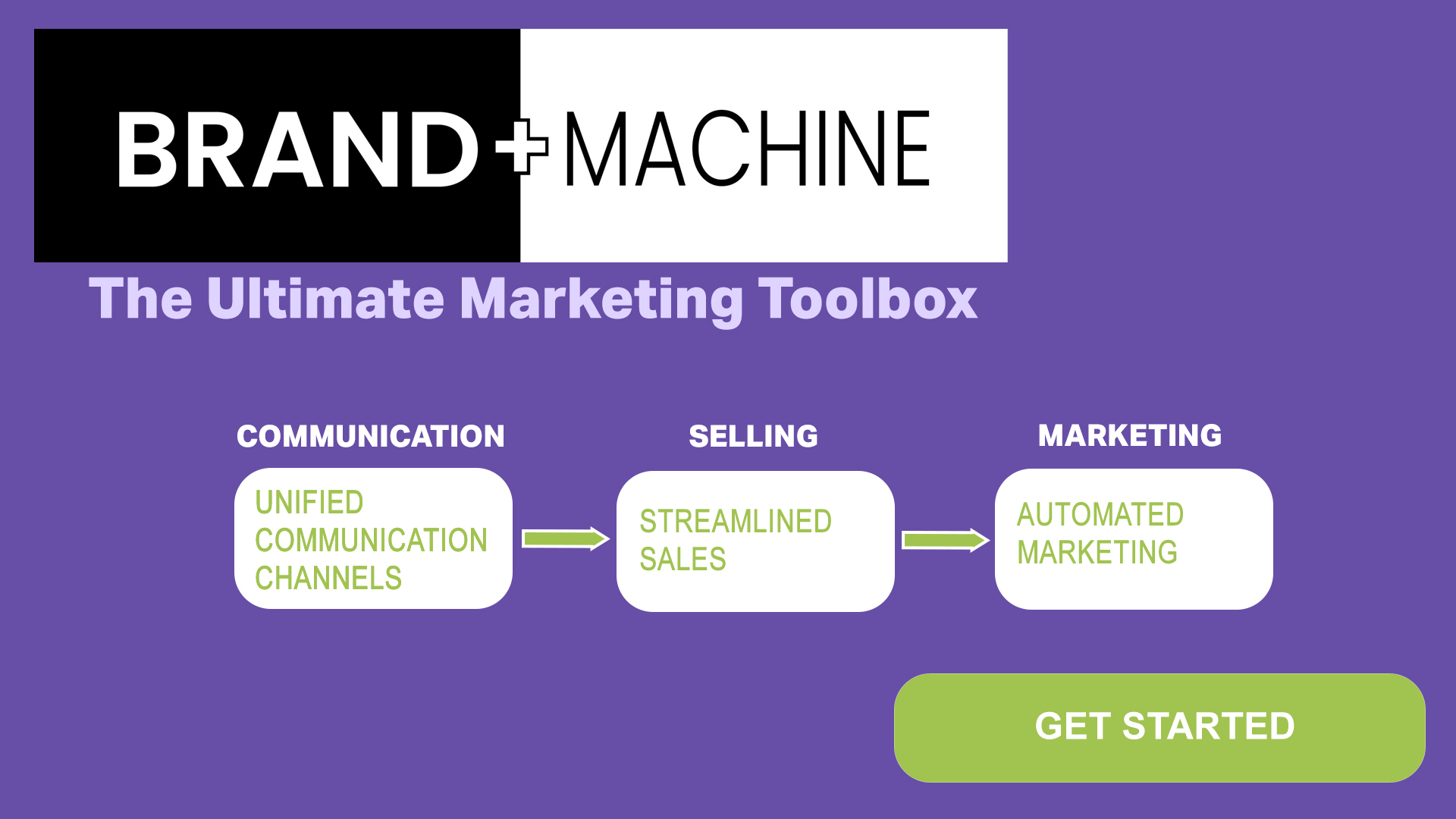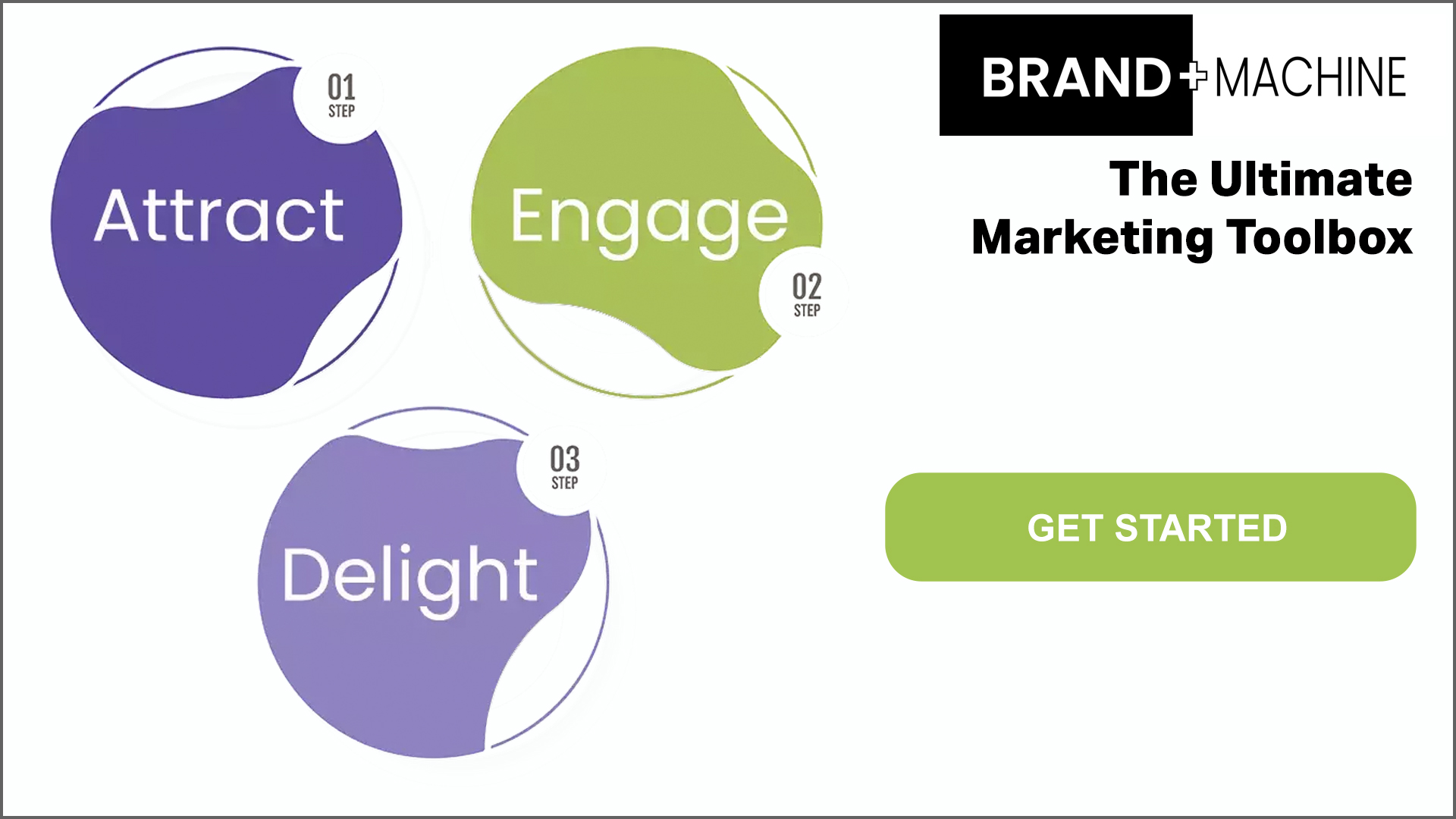A Comprehensive Guide To SEO In 2024
What is SEO or search engine optimization? We hear this question so many times, and so many times, we get the brief answer – it’s what keeps us ranking on Google. Well, in a nutshell, I guess that is what it comes down to. SEO is, indeed, the thing that keeps us at the top of the digital charts, so to speak. Others will say it’s all about keywords; well, keywords are a part of SEO, but they are most certainly not the whole animal. What is the correct answer, I hear you say? Well, SEO is a large collection of elements and practices that go towards creating a fully functioning part of digital marketing! Today, we are going to explore those elements and practices and, in doing so, enlighten you as to why SEO is so important when it comes to attracting consumers for your small business.

High-Quality Content
Content is king! Have you heard that expression before? Well, it isn’t quite as simple as that. Content is all well and good; we all love content, don’t we? However, you can’t just throw out any old content into cyberspace and expect a happy return. Content needs to be well thought out, serve a purpose, and be of some use to someone. Gone are the days when you could write an article and shove in a few keywords here and there, today we have to be smart as well as productive.
User Intent
As I have mentioned previously, content needs to be useful to someone, in this case, your target audience. If you are running a food business, it is no use writing about cars, is it? Exactly, your content has to be useful to your audience; you can write informational articles that concentrate on your audience’s interests, navigational content that helps to guide your audience effortlessly around your site, or even transactional content such as product information, landing pages and calls to action. All of these things serve a purpose and help your audience along the customer journey.

Long Form Content
Society has certainly gained a liking for long-form in recent years, and so too has Google. While there is a rise in the need for quick and easily consumable content, we all like to get a bit deeper into things now and again. We want to be informed, and we want to walk away feeling like we better understand a subject, not as though we have just brushed by a topic in passing. That is why writing long-form articles for your website or blog is good practice. Make comprehensive guides to a subject and detailed how-to guides, and let your audience walk away from your website feeling satiated. On top of that, articles over 2000 words in length will rank better, too!
E-E-A-T
Google has brought us a lot of good things. It has also brought us this very helpful acronym that stands for Experience, Expertise, Authoritativeness, and Trustworthiness. This is a guide for anyone delving into the realms of content creation.
Experience asks us to show that we have experience with the process or product we are talking about. It’s no good for someone to write about a subject they have no experience in. If I were to write a book on parenting but had never had any children myself, I would definitely be in the wrong field, and I’m sure it would show in the quality of the information.
Expertise comes into effect in much the same manner. We want expertise, not guesswork. If you were to write blogs solely dedicated to dieting, you would need to use sound nutritional logic. It’s no good sending people off to gain more weight after reading your advice.
Authoritativeness comes down to establishing yourself as an authority in your field. You need to really know your stuff. Your main aim is to become the go-to person for your industry if you are not already.
Trustworthiness has to do with how trustworthy your site is. Is your site seen as a trustworthy source? Are your advertising campaigns all above board instead of bordering on the suspicious? If you are selling phones, you don’t want to advertise in a “cheap phones here” fashion. You will want to advertise with a solid marketing strategy based on the product you are selling.
Is your site secure? Do you use HTTPS, and is it up to date? Do you have an SSL certification? This is one of the key things that count towards your SEO score. You must also have accurate contact information on your site and your domain contact information with your hosting provider. This can easily be checked by visiting Whois. Just as an added extra, domains that have been registered for a longer period of time are typically seen as more secure than a site that was registered earlier this year, but of course, that comes with time.

Technical SEO
Next, we come to the technical stuff, all the things your web developer will be handling. These are the bones of your site, the things that make it tick. All this needs to be optimized and fully functioning. The better it works, the higher the search engines will rate you. As we have just touched on the security of your site, let’s start with that.
Site Security
HTTPS: what exactly is HTTPS? Well, HTTP stands for Hyper Text Transfer Protocol, which, in essence, allows you to “surf the net,” as it were. A protocol that allows the transmission of data over the internet. So, what’s the s for? There, you guessed it, it just means secure. Usually, when buying products online or using a government website, it will be HTTPS instead of an HTTP address. What else would you expect from processes that require the utmost security?
To transform your site from one to another, you simply need to purchase an SSL Certificate (Secure Sockets Layer). This is what encrypts the data transmitted so no one else can access important information such as card details or personal information. You can buy these from places like Comodo, Symantec, or DigiCert; however, your hosting provider will probably have this available as part of a hosting package. It’s always worth spending that little extra to show your consumers and the search engines that your site is, indeed, secure.

Mobile-First Indexing
Yes, google now favours mobile sites or, should I say – those optimized for mobile. As smartphones and tablets have become so popular and are the go-to tool for looking up the information you need, Google has decided to start searching mobile versions of your site first. A big part of optimizing your site is harnessing the power of Adaptive or Responsive design to allow your website to cater to various types of devices and making sure your site easy to naviagate and fully functional on them all.
Core Web Vitals
When we consider Core web vitals, there are lots of parts that make up the whole. You must consider how long your website takes to load when a user visits it. It’s not just users who are put off by long loading times; so are the search engines!
LCP (Largest Contentful Paint)
Google looks for LCP (largest contentful paint), in other words, how long it takes for the biggest pieces of content to load, such as large text blocks, large pictures, or long videos. You can help tackle this by changing file formats. A PNG file is significantly larger in size than a WebP file, an MP4 is smaller than an AVI, etc. Is there too much unnecessary JavaScript running on your page at one time? Do you really need all those animations?
FID (First Input Delay)
First input delay, as implied by the name, looks at response times. When you input information into a site, or, should I say, interact with it, a site will then respond to said action. We interact with sites continuously by clicking on a button, moving ahead in a photo gallery or simply clicking on a link. These interactions are coded and form part of a process; you input, and it outputs the desired effect. These interactions are normally made using JavaScript. If you use badly coded JavaScript, things like this will take longer. Similarly, a badly coded game will take up more space on your hard drive and not function optimally. To reduce the response times of these interactions, we can break up JavaScript into several smaller processes or force our websites to load non-essential JavaScript last.
CLS (Cumulative Layout Shift)
Cumulative Layout Shift measures how much a website’s page moves while loading. One of the biggest impacts on this is Dynamic Website Content. Ever heard, “Let’s make this more dynamic?” Well, at one point, dynamic content was all the rage. Websites had various different dynamic elements all on one page. Nowadays, this seems to slow down our loading speeds and lower our rankings. Also coming into play are things such as late loading images and video content that shift the layout around as it appears and different-sized fonts changing text layouts.

On-Page SEO
On-page SEO is the type of stuff we are all typically aware of, the things we control inside our content; let’s take a brief look at these:
Keywords
All hail the biggest name in -SEO – Keywords. Keywords are the most basic way of creating a search. If you are running a business, you need to know the top keywords in your industry and, more precisely, those that relate to specific services or products you provide. We use them everywhere, from websites to social media hashtags to advertising. We all know we need keywords; however, do we know how to implement them properly? We can’t just throw them around with no rhyme or reason; that is a practice we call keyword stuffing, and search engines do not like that. We need to use them in well-thought-out content relevant to our business or industry. There is no good throwing around keywords about construction if you are a catering firm. You will either attract the wrong audience or be penalized by Google and not attract any for being untrustworthy.
Titles, Tags and Meta Tags
To be all successful in this practice we need to also consider how we are composing our titles, which tags we are using and the content of our meta-descriptions – the small summary found on the search engines underneath a result.
Alt Text
Alt Text is the decription that appears in place of an image when a website loads slowly. Things such as this can be updated on WordPress and other website builders.
Video Optimization
We previously mentioned keeping track of our video formats and file sizes, but we also need to take into consideration the titles of our videos along with their descriptions and tags. As it’s not just text and image content that needs these additions, you may think they are small, but they are very effective. You may even want to add transcripts to your videos to help not only your user but also increase your rankings. As Google becomes more and more powerful, the ability to read advanced content such as videos and images becomes easier and easier. We just need to do our best, to help the process along.

Content Structure
Here enters the role of header tags: Header tags help give your site a consistent feel and look, which will not only help with SEO but also help to reflect your brand image more successfully. Header tags control the size and font for your titles and subtitles; WordPress allows you to set these all up while creating your website, so when you enter an editor for a page or a blog post, instead of choosing the font and size, it’s already done for. Making it easier for you, your brand and Google, It’s a win-win-win situation.
Further Structural Considerations
Make sure your content is also easy to read using clean, clear fonts that are well-sized. Not being able to read a website due to its content being too small or too hard to read will not help you or your user. Make sure your site is easy to navigate and not overcrowded with colours and images, help give your user the best experience you can, and, in turn, allow Google to send more of them to you!
Off-Page SEO
On the flip side of the coin, having references to your brand and links to your site from external sources helps to increase your rankings. Google loves to see just how many people are linking to your website and what type of pages those links are coming from. If those links are reputable sources such as other industry brands, industry gurus or such like, that’s a significant plus. However, if your site is being linked to by suspicious websites that are promising cheap goods or running scams, I don’t need to tell you that really isn’t going to look good for you.
Local SEO
Here at WebGeeks, we try to remind our customers just how important Local SEO is to a business, even those that serve function nationally. It is essential that you be visible in your local area.

GMB (Google My Business)
Who would have thought that a free service would provide such good returns in terms of SEO? Registering yourself with the GMB Google business directory can not only get you seen by more people when conducting a search, but it can also improve your trust rating in the eyes of not only Google but also your audience. When you search for a type of business in your local area, your main aim is to be in the top 3 results given to you by Google. Along with, being listed on the first page of search engine results. If, after following all of our advice, you still aren’t ranking, then contact us to see if we can help.
Reviews And Testimonials
GMB gives you the added bonus of providing your audience with reviews of your services written by previous customers, so you can judge not solely based on ranking but also on trustworthiness.
However, Google is most certainly not the only place you can be reviewed; various other sites, including Facebook, social media and local directories, include the option for customers to leave reviews.
Local Citations
As well as opportunities for reviews, local directories also give you a digital presence in your community. These can not only help you be located but also allow you an opportunity to provide these directories with links to your website and/or social media accounts. All of this goes a long way toward your local and, in turn, all-around SEO score.
Voice Search Optimization
Recently, due to its overwhelming integration into our lives, we wrote an article on The Rise Of Voice Search. However, just as a brief recap;
Smartphones are indeed all around us; gone are the days of the Nokia 3310 that was only good for calling and texting, oh, and, of course, snake! Today, we have the internet, cameras, pedometers, apps, and who knows else on our smartphones that are ready to occupy our time. Due to this, voice search has become a large part of the search for content. We are now able to pull up our assistant, be it Alexa, Siri, or simply Google Assistant and ask it to find what we want without even making an effort. However, that has changed the way we find content, too.
NLP (Natural Language Processing)
Of course, when we type, we speak differently to how we speak aloud. And Google has started to recognize this and optimize for it. Now, Google leans towards NLP (natural language processing) to find content for us. And if Google adopts it, so too must we! We now need to optimize our websites to answer clear and concise questions. Google’s algorithm loves to give us exact answers, and if you are providing them, then you are going to climb up on those search results.

Key Takeaways
SEO is not just one simple process or consideration; it is a finely tuned, well-oiled machine of various parts and processes. We must consider and optimise for them all to be successful in our ranking efforts.
High-quality, well-planned content with a good structure is a must for SEO. All content should be of value and serve a purpose. Users should also be able to navigate your site effortlessly.
Technical SEO is just as important as On Page SEO Google wants to see fast loading times and properly executed website elements.
Mobile First Indexing has changed the way we build websites, with Google searching mobile versions of sites first, we must adapt and move with the times with adaptive or Responsive websites.


